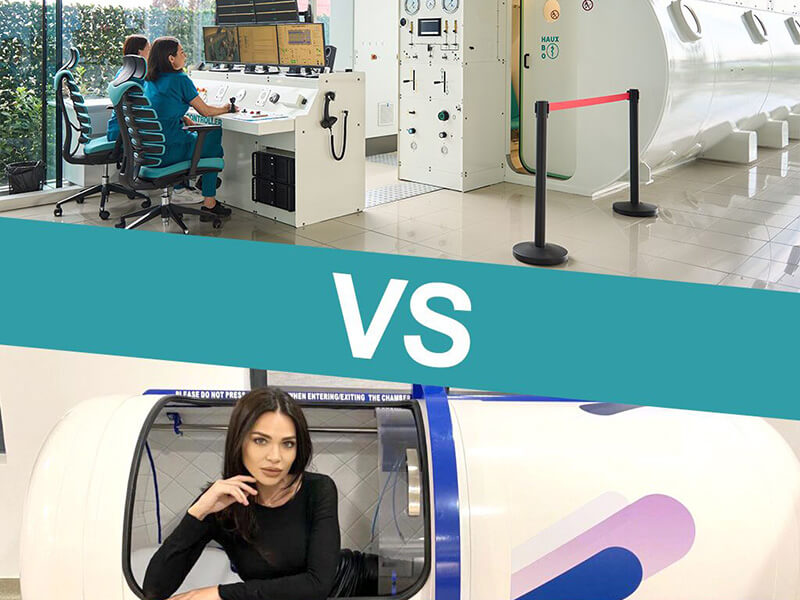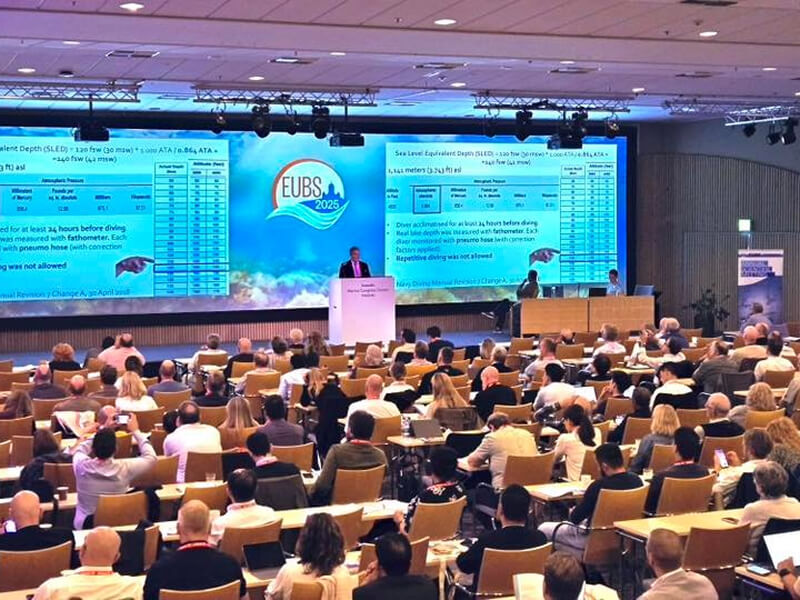
Article reviewed by: Dr. Sturz Ciprian, Dr. Tîlvescu Cătălin and Dr. Alina Vasile
Oxygen therapy (hyperbaric therapy) in sports medicine
Oxygen is an important substance for maintaining the activities of human life and plays a key role in everyday life, especially during exercise. As we all know, athletes constantly need to improve their performance in order to continue to excel in the disciplines they practice. Thus, athletes are constantly required to perform high-intensity technical movements during training and competition.
Prolonged and intense use of oxygen by tissues and organs causes hypoxia in the body's internal environment. Because oxygen delivery and utilization are influenced by hypoxia, performance and recovery during exercise can lead to negative consequences such as overuse syndrome or muscle injury.
Therefore, various interventions have been developed to improve performance and recovery, including nutritional therapy, oxygen therapy and cryotherapy.
Of these, oxygen therapy is one of the methods that has been successfully applied to improve performance and accelerate recovery after exercise, due to the importance of oxygen in the energy system and the low tolerance of tissues and organs to hypoxia.
The role of hyperbaric oxygen therapy in sports medicine
With advances in technology, the equipment and configurations used in various methods of oxygen therapy have continually evolved, allowing them to be used as ancillary techniques at various stages of training and competition to improve training effects and the physical and physiological conditions of athletes, as well as to prevent exercise-induced fatigue.
Muscle strains are the most common type of muscle injury sustained during performance sports. Reduced performance and increased risk of serious sports injuries, such as ligament injuries, tendon ruptures or fractures, have been found to be related to adjacent muscle injuries.
Popular treatment modalities include rest, ice, compression, bandaging, physical therapy to improve the range of motion of the joint, and medications (pain control substances or anti-inflammatory agents), which require several weeks or months of treatment to achieve a full recovery.
However, early recovery from muscle injury is crucial for elite athletes who are regularly exposed to high-stress training and competition. Therefore, an alternative to conventional treatment is desired to shorten recovery time.
What is the procedure for a hyperbaric oxygen treatment?
Hyperbaric oxygen therapy (HBOT) is a safe, effective and non-invasive treatment that has been applied to treat various conditions.
During HBOT, the patient is placed in a hyperbaric chamber, which is pressurised to a maximum of 3 absolute atmospheres (ATA), where they will inhale pure oxygen (100%). As a result, the level of oxygen in the blood will increase by up to 20 times, diffusing more easily into oxygen-deprived tissues, accelerating their healing, and eliminating inflammation through the proliferation and differentiation of endogenous stem cells.
By increasing the partial pressure of oxygen in tissues, HBOT can also lead to vasoconstriction, angiogenesis and fibroblast proliferation, enhance the aggregation of red blood cells towards oxidation and improve oxygen distribution in tissues.
Accordingly, HBOT has been reported to be beneficial in accelerating cell recovery and tissue repair, which are thought to help eliminate fatigue and aid in strength recovery. HBOT has gained considerable attention among sports medicine specialists as an adjuvant therapy to accelerate the recovery of muscle injuries in athletes, could facilitate early recovery from exercise-related muscle injuries, and therefore could be beneficial for elite athletes.
You can learn more about the uses of hyperbaric oxygen therapy in sports medicine here: HBOT Uses and Recommendations for Sports Medicine
What famous athletes use oxygen therapy?
Hyperbaric oxygen therapy produces amazing results for treating sports injuries, but athletes don't just use hyperbaric oxygen therapy for injuries. In fact, many athletes also use HBOT for proactive medical care.
Football players, basketball players and professional baseball players have had success with hyperbaric oxygen therapy for sports performance, injury recovery and more. But HBOT can help all types of athletes. There are also boxers, bodybuilders, swimmers, golfers, hockey players and many more!
Michael Phelps, LeBron James, Rashad Jennings, Rafael Soriano, Cristiano Ronaldo, Mohamed Salah, Neymar and Joe Namath are just some of the athletes who have used hyperbaric chambers.
Evidence suggests that hyperbaric oxygen therapy can improve physical performance, increase energy, speed healing and minimise recovery time, reduce oedema, improve mental performance and more.
Is oxygen therapy included in the doping list?
According to the World Anti-Doping Agency's (WADA) International Standard Prohibited List, inhalation and oxygen replenishment methods are not classified as doping and can be applied in sports.
Can I buy a hyperbaric chamber for home treatment?
To legally obtain a medically certified hyperbaric chamber, you must meet several legal requirements and go through a lot of safety checks. Because of the fire risk, these chambers must pass many fire and health certifications and special conditions are required to purchase medical-grade oxygen.
Although purchasing a cosmetic medical chamber may seem simpler, mHBOT (mild hyperbaric) chambers are not recommended by the scientific community, as these chambers have no recognised medical benefits. This is very important, especially when you have a condition where the indications for hyperbaric oxygen therapy are very clear and every minute of treatment counts.
To safely benefit from the studied effects of hyperbaric oxygen therapy it is important to ensure at least three things:
- The hyperbaric chamber is medically accredited and operated by certified personnel according to the regulations in force.
- The pressure in the chamber can reach 3 ATA. (ATA pressure is composed of the value of the atmospheric pressure 1 bar + the value of the additional pressure in the hyperbaric chamber)
- Oxygen inspired during therapy must have a purity greater than 99.5%. For more technical details but also for information on the different types of hyperbaric chambers, click here: Medical HBOT or mild HBOT chambers?




